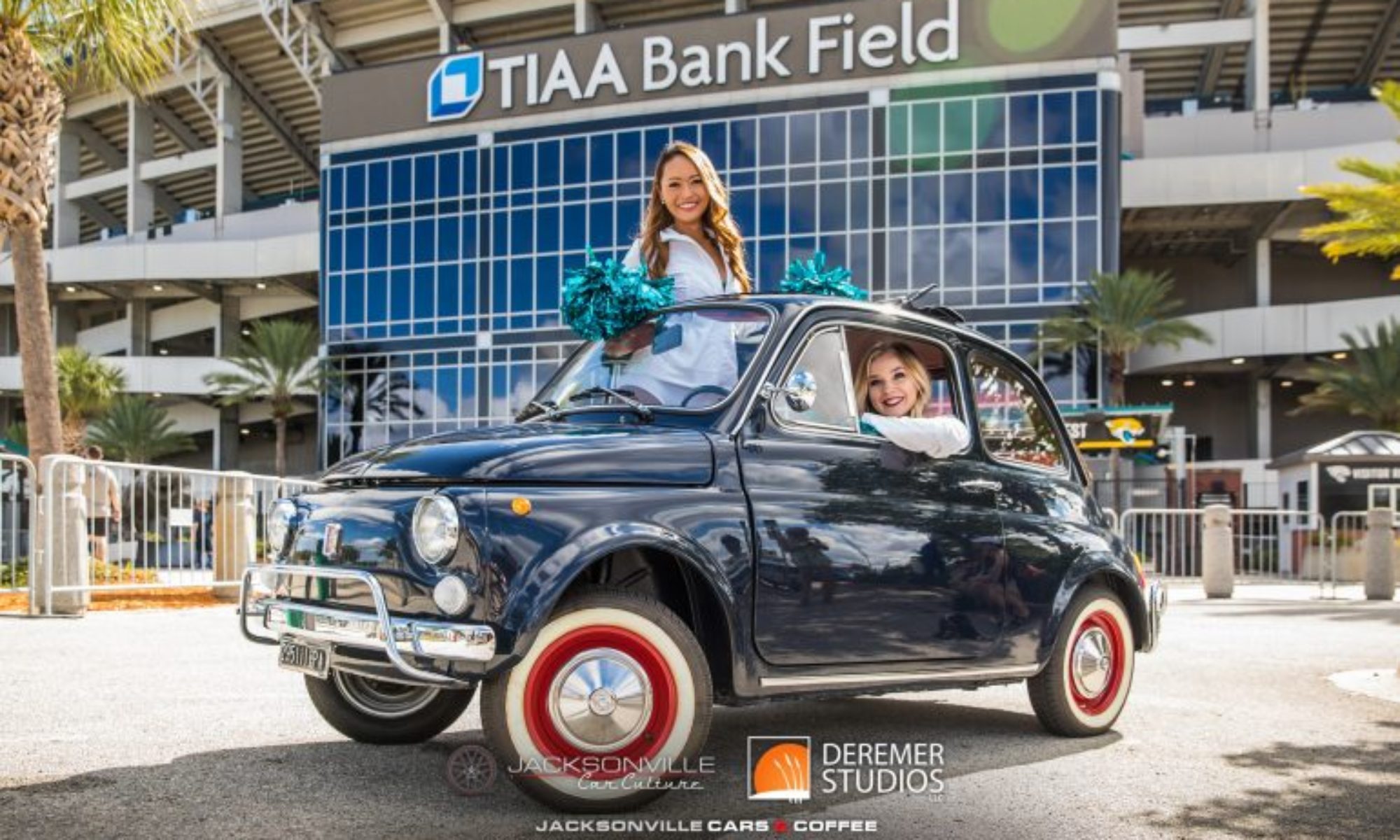We’ve always appreciated the design and overall utility of the Subaru Crosstrek. It is a hatchback, station wagon and crossover SUV all in one. With plenty of room for five adults, generous cargo space and the ability to tow a small trailer, the Crosstrek checks a lot of boxes.

Where we did feel Crosstrek could use a little improvement was under the hood. The only available 2-liter boxer engine was efficient, but lacked the punch that we felt the Crosstrek deserved. That’s not to say that the smaller engine, rated at an incredible 27/33 mpg city/highway wasn’t a good option. But we wanted to see how Subaru’s excellent suspension, steering and brakes would perform with another 30 horsepower or so.

Subaru was listening. Reaching into the parts bin, they borrowed the engine from the 2019 Legacy and introduced the lively 2.5-liter 4-cylinder SUBARU BOXER as standard equipment on Sport and Limited Crosstrek trim levels. With 182 hp and 176 lb-ft of torque, the new powerplant gives the Crosstrek that much needed power that we felt the chassis deserved. Thanks to careful tuning and the standard Lineartronic CVT (continuously variable transmission), the 2.5-liter Crosstrek is rated at an EPA-estimated 27/34 mpg city/highway.

Subaru will continue to offer the 2.0-liter 4-cylinder BOXER engine that produces 152-hp and 145 lb-ft f torque in the Base and Premium trims. Base and Premium trims can be fit with a 6-speed manual transmission or an optional Lineartronic CVT. Crosstrek with the 6-speed manual are rated at 22 /29 mpg city/highway. CVT models achieve 28/33 mpg city/highway.
Ready for ANYTHING (almost *see below)
All-wheel drive is essentially synonymous with Subaru. All Crosstrek models are equipped with Subaru “Symmetrical All-Wheel Drive” and “Active Torque Vectoring.” The system provides excellent all-weather driving capabilities. Our northern friends have long relied on Subaru’s reliability in the winter. Coupled with a very truck-like 8.7 feet of ground clearance, the Crosstrek may not be a true offroad vehicle, but it can help keep you on the road in the worst rain, snow and sleet.

The Sport also includes a dual-function “X-Mode.” The system includes hill decent control with snow/dire and deep/snow mud settings. *Together with all-wheel-drive, the Crosstrek is well prepared for just about anything, within reason, that suburban living can throw at it!
Attractive, but Understated Inside and Out
The Crosstrek is instantly recognizable as a Subaru. The boxy design and signature grille bring back fond memories of the Outbacks and Foresters that many of us pined after as kids. Our review vehicle, the Crosstrek Sport adds some distinct exterior and interior features. Specific wheel arch moldings, 17-inch dark gray alloy wheels are at each corner. Gunmetal finish treatment is found on the front grille, side mirrors and badges.

Inside, the Sport features long-wearing StarTex upholstery with yellow stitching. Of interest, Subaru’s StarTex upholstery is manufactured without polyvinyl chloride (PVC), phthalate or chlorine. Yellow stitching has been added to the trim panel armrests, steering wheel, shift boot, visor and center console storage box. Gunmetal and simulated carbon fiber trim accents dress up the interior along with unique floormats that feature the Sport logo.

Safety and Technology
Our Sport review vehicle and all models equipped with the CVT come with Subaru’s “EyeSight Driver Assist Technology.” Improved for 2021, the system includes adaptive cruise control with lane centering. Other standard feature includes automatic pre-collision braking, pre-collision throttle management, lane departure prevention, lead vehicle start alert and auto start-stop. A family-friendly rear seat reminder reminds the driver to take a peek out back before heading out of the vehicle.

The Base 2021 Crosstrek comes with a 6.5-inch touchscreen infotainment with Android Auto and Apple CarPlay and 6-speaker audio. Our review vehicle included an upgraded 8.0-inch touchscreen infotainment system with navigation. Overall the system is entirely usable and sounds good, but could use refinement when compared to recent systems by segment competitors like Hyundai and Jeep.




Pricing
The Subaru Crosstrek represents strong value for an all-wheel drive crossover. Starting at $22,245 plus fees, it is hard not to be convinced that the Crosstrek is at least worth a hard look. Our review vehicle cost $29,145 all in.













































































































